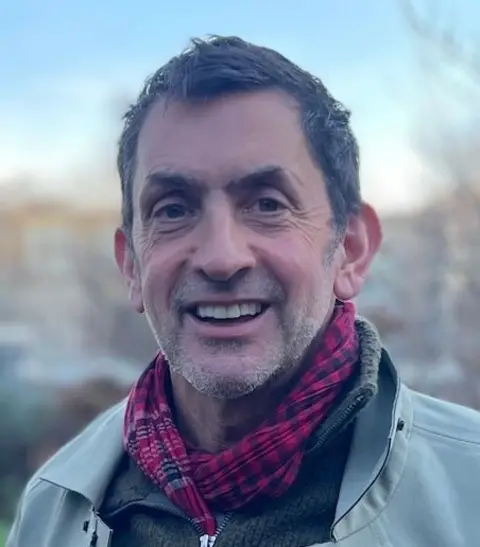In a significant setback for the UK’s clean energy aspirations, Danish energy giant Orsted has announced the cancellation of its ambitious Hornsea 4 windfarm project, located off the coast of East Yorkshire. This proposed windfarm would have been one of the largest offshore wind projects worldwide, boasting a potential capacity of 2.4 gigawatts (GW)—sufficient to provide power for over a million homes.
The decision to scrap the Hornsea 4 project stems from economic concerns, as Orsted stated that continuing with the venture no longer made financial sense. This declaration comes despite having previously secured a 15-year contract with the UK government, which promised a fixed price for the electricity generated by the project. This cancellation underscores the challenges currently faced by the UK’s offshore wind sector, which has recently been plagued by escalating costs—a fact acknowledged by government officials.
The situation is not isolated, as Orsted is the second developer to withdraw from a significant offshore project in recent months. In July 2023, the Swedish company Vattenfall also paused plans for a 1.4 GW wind farm located off the coast of Norfolk, citing similar concerns regarding rising expenses. That particular project was subsequently sold to the German energy company RWE, which has expressed intentions to proceed with development.
These developments raise critical questions regarding the UK government’s ambitious target to achieve 95% of the nation’s power from renewable sources, including wind, solar, nuclear, and biomass, by 2030—an initiative that forms one of the central missions of the current Labour government. Currently, just over half of the UK’s electricity is sourced from such renewable assets, and achieving the 2030 target would necessitate tripling the offshore wind capacity while also doubling the amount of solar and onshore wind power integrated into the national grid.
To meet these lofty demands, experts from Aurora Energy estimate that substantial upgrades to the electricity grid are needed, which includes the installation of an additional 620 miles of power lines along with necessary substations and other infrastructural enhancements. Local communities are increasingly resistant to the construction of major energy infrastructure near their residences, with public sentiment swaying towards conservation and apprehension regarding the potential impacts on their quality of life.
Critics, including some industry experts as well as members of the Conservative and Reform parties, assert that the 2030 energy target set by the government is overly ambitious and perhaps unrealistic. Dieter Helm, a professor at the University of Oxford specializing in economic policy, has pointed out that realizing such extensive infrastructure within the set timeframe would be incredibly challenging. He has warned that failing to meet these imminent targets could result in heightened costs and further complications down the line.
On the other hand, Chris Stark, who heads the UK’s Clean Power 2030 initiative, has acknowledged the tremendous difficulty of the target but maintains that with “Herculean efforts,” it remains achievable. Meanwhile, Energy Secretary Ed Miliband defended the government’s clean energy plan, emphasizing its necessity to reduce energy costs, combat climate change, and ensure energy security.
In light of the recent cancellations and rising concerns, the government has expressed intentions to collaborate with Orsted in order to reinvigorate the Hornsea 4 project. A spokesperson assured that the UK possesses a robust pipeline of projects aimed at delivering clean energy by 2030. Their commitment to a mission-led approach aims to navigate through both global market pressures and individual business decisions that challenge the country’s clean energy ambitions.
As the UK charts a course toward a sustainable energy future, the implications of these recent developments will continue to resonate among policymakers, industry stakeholders, and communities grappling with the realities of energy transition.



